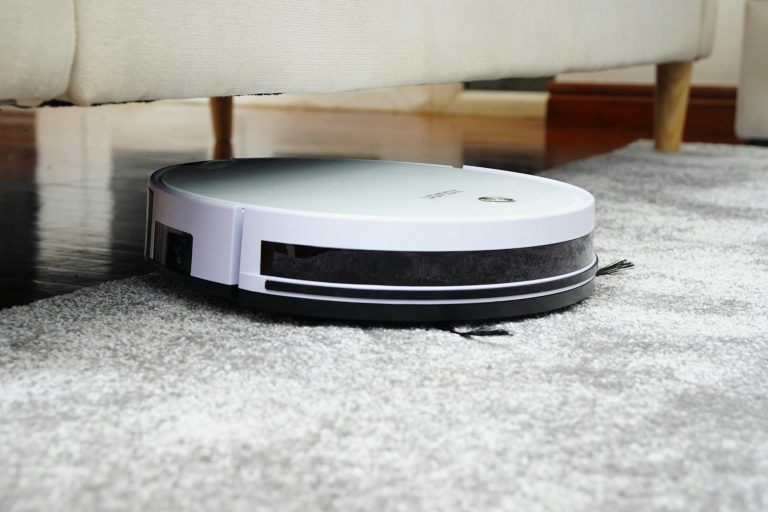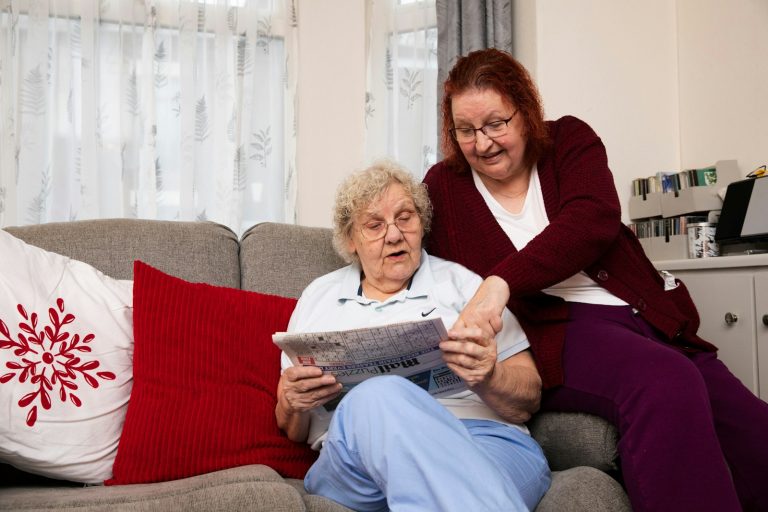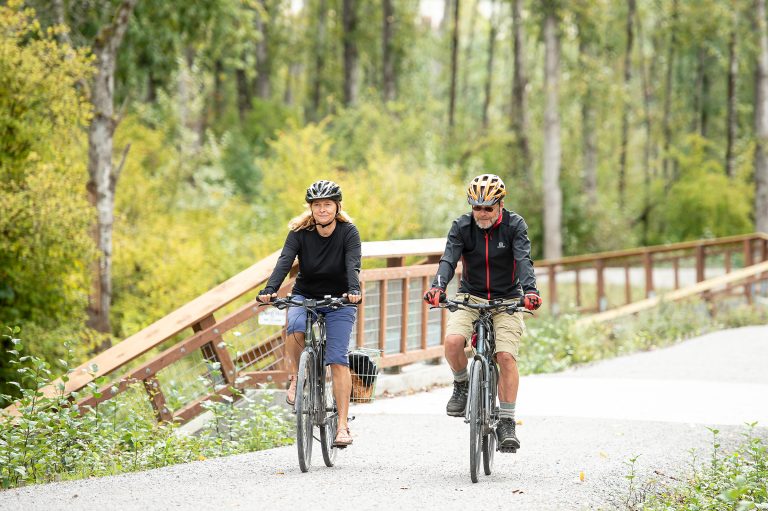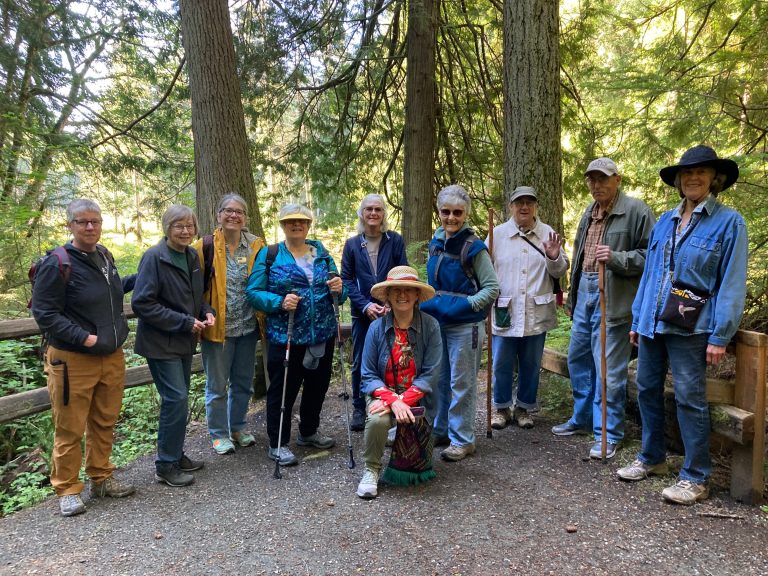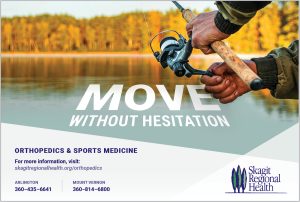by Teepa Snow, MS, OTR/L, FAOTA | Positive Approach to Care, Spring/Summer, 2020
For me, the most important thing in this equation, is not what the person is able to do, but what we can do to help enable the person to be present and find moments of fulfillment in being alive.
Teepa Snow

Inertia | Not moving, doing, looking, talking, responding, or at least it feels that way from my perspective! Part of Newton’s third law in physics indicates an object at rest will tend to remain at rest unless acted upon by an outside force. The problem, however, is that this is not an object, it is a person. Someone who should be going, slowing, stopping, and going again. This person should be doing, walking, talking, looking around, sharing, caring, laughing, and so much more.
But for some reason, that person is not moving, not just resting. They are not being still in order to more carefully observe a beautiful moment, an animal that might startle, or a child that might wake. They simply are immobile, inactive, non-responsive. They may well seem stuck in glue or lost inside themselves.
Dementia can do this to someone. It can make it almost impossible to get out, to be present, to interact, to use the incoming data. How can those around them become a force that applies just the right amount, the right type, and the right direction of tension, pressure, or interaction to begin activity, interaction, or arousal without using harmful or hurtful force?
Thinking About an Egg
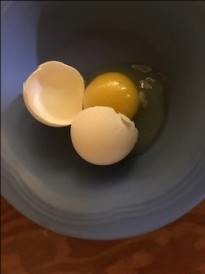
Let’s start by thinking about an egg. Like a human, there is a lot more inside than is visible on the surface. And like humans, that shell is rather fragile. What makes a difference when it comes to getting an inert, non-mobile egg to do something? To get it moving? Well, if you use too much force or apply too sharp an edge, you might just end up with a mess.
If you turn up the environmental heat, make it boiling hot, you might end up with a hard-boiled egg. The egg is never the same. It is possible that dementia could be doing that to the human being inside that fragile shell, but maybe not. Maybe our intensity, frequency, or volume is making it impossible for the person to come out of their shell, to be present and active. It’s just too much out here.
If you turn up the environmental heat, make it boiling hot, you might end up with a hard-boiled egg. The egg is never the same. It is possible that dementia could be doing that to the human being inside that fragile shell, but maybe not. Maybe our intensity, frequency, or volume is making it impossible for the person to come out of their shell, to be present and active. It’s just too much out here.
Cushy and Comfortable Inertia?
But then again, perhaps we have made everything cushy and comfortable, and boring. In that case, why bother coming out, inside is just fine. We can’t be sure whether it’s just too boring to be out here, inside is so much more fascinating, or could the person be percolating inside, waiting to hatch.
Encourage and Foster Emergence from Inertia State
So, what makes sense to encourage and foster emergence from the inert state? Perhaps some gentle rocking or familiar rhythms, starting slowly and building in energy or frequency. Music has been shown time and time again to be an amazing catalyst. Whatever we use, we must always be alert for, and seek signals of, change of arousal, changing alertness, small shifts or alterations physiologically, physically, emotionally, or socially.
Assisted Change of Position
Sometimes an assisted change of position in space, with support to make the change, can bring the vestibular and visual systems into a higher state of activity. Help someone to bend a leg, stroke a dog, shift weight in a chair, roll to a side, go from supine to sit, or from reclined to upright. Always with support and slowly, always slowly!
Olfactory Stimulation
Perhaps the use of olfactory stimulation, favorite aromas, smells that energize like citrus or mint, coffee, or fresh cut grass or hay could be just the sensory experience to wake the core and start the engine.
Vocalizations
Maybe vocalizations from someone who is familiar and friendly could stimulate interest and get the gears shifted. If not someone familiar, then perhaps someone who has a good energetic voice that signals, there is something good happening out here and we want you to be part of it. It is possible that animals, sounds of nature or the out-of-doors, life event sounds (like engines, machinery running), or work situation sounds might draw someone into action, if only for a brief period.
Is This the Right Moment?
Whatever method we use, we must also be prepared for the possibility that this is not the right moment, the right setting, the right stimulus, or even coming out and being present (in a way we can appreciate and understand) is not possible. It does not mean that the person may not be taking something in and absorbing it. Rather, it could be beyond our ability to interpret, and yet still be happening. It could be we do our best and then we leave it alone, only to find, that after a while, the person comes out of their hidden location and shares something real and meaningful. Or maybe that doesn’t happen.
Willingness and Ability to Provide
For me, the most important thing in this equation, is not what the person is able to do, but what we can do to help enable the person to be present and find moments of fulfillment in being alive. Sharing those moments with us is a bonus! Offering to be that caring and loving force that gently provides the opportunity to go from a state of being inert to being engaged, if only for a short window, is what each of us must determine our willingness and ability to provide.
Positive Approach to Care awareness, knowledge, and skills were created and are used for just this reason.
Article use with permission from Online Dementia Journal – September 2019
© 2019 Positive Approach, LLC
www.TeepaSnow.com



